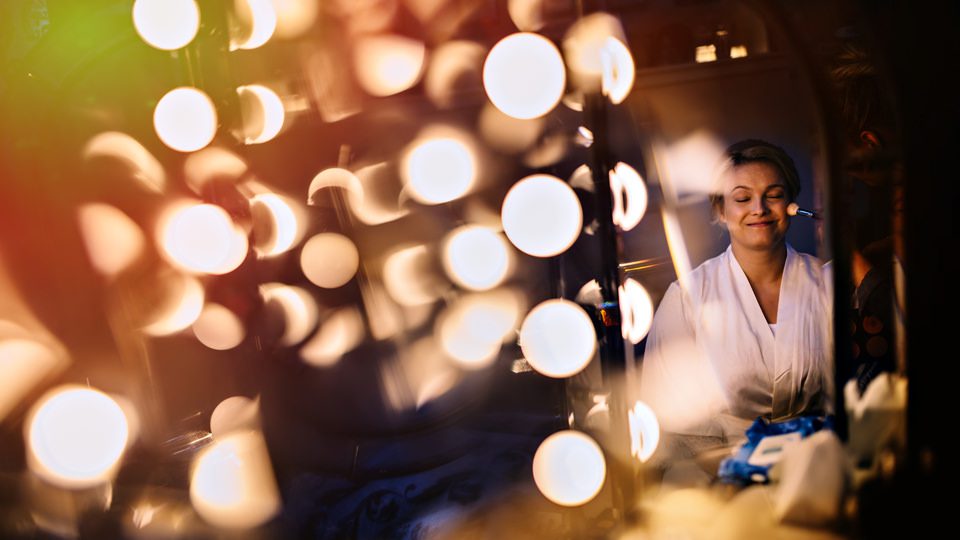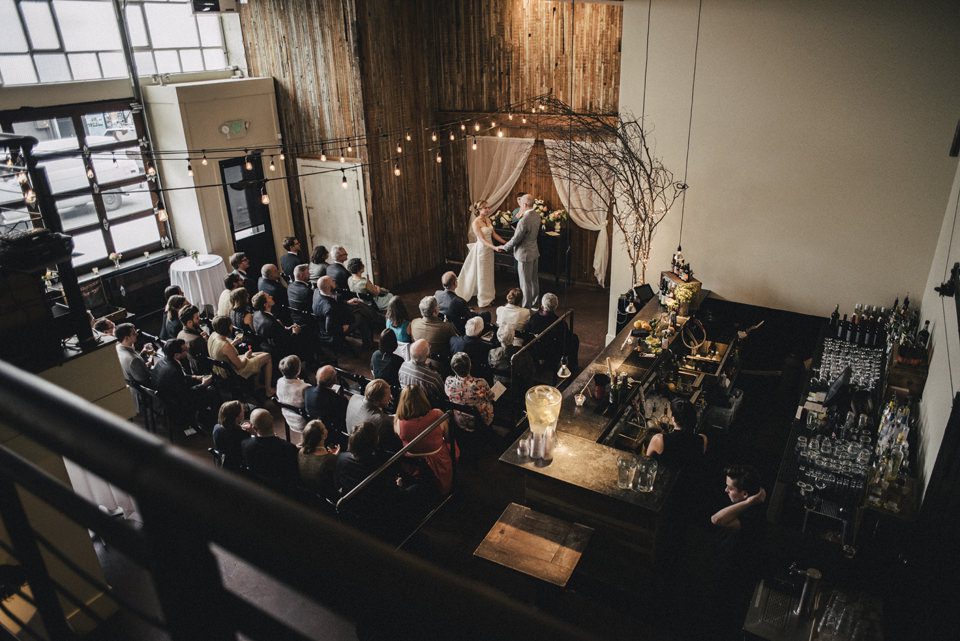Read time: 2 Minutes.
When planning your wedding photography, it’s not just about capturing stunning portraits of the couple; it’s about preserving every heartfelt moment throughout the day.
Here are ten pro wedding photography planning tips to guide you:

Getting Ready Logistics
Whether you’re getting ready together or at separate locations, consider the logistics. Cultural celebrations may necessitate multiple photographers to cover the distance efficiently. This ensures that every significant moment is captured without a hitch.
Venue Considerations
Is your ceremony venue small or restrictive regarding photography? Hiring two photographers can provide multiple angles and ensure that no moment is missed. This approach also allows for more creative and diverse shots of your special day.

Intimate Getting Ready Moments
I personally really like couples who get ready together. Though this sacrifices the traditional “first look” (discussed in Point #4), it allows for capturing intimate, candid moments that are genuinely moving and real.
Ceremony Duration
A longer ceremony provides more opportunities for discreet photography without causing disruptions. Additionally, consider aesthetic tips like adjusting the officiant’s positioning, which can significantly enhance your ceremony shots.

First Look Option
Opting for a first look session can streamline your photography schedule, allowing for fresh and relaxed portraits before the ceremony. Discuss this option with your photographer to determine what works best for your timeline and preferences.
Decor Documentation
Allocate specific time for capturing the intricate details you’ve invested in, from flowers to stationery. Plan efficiently with your photographer to ensure every aspect of your decor is documented beautifully, reflecting the effort you’ve put into your wedding design.
Group Formals
Consider the size of your families and wedding party when planning formal group shots. Streamlining these groups can save time and ensure a smoother schedule, allowing more time for other candid moments.

End-of-Night Send-Off
If you’re planning a send-off, ensure your photographers stay until the end to capture this memorable moment. It’s a perfect way to conclude the visual story of your wedding day.
Guest Count
Larger weddings may require a second photographer to ensure comprehensive coverage, especially for guests invited by the couple’s parents. This ensures that every guest is included in the photographic memories.
Vendor Meals
Don’t forget to plan for vendor meals, ensuring your photographers stay energized throughout the day. Keeping them well-fed ensures they can perform their best.
Sales Tax
Understand any applicable sales tax for wedding photography services to factor into your budget effectively. For example, Washington has a handy address lookup calculator you can use.
Remember, every photographer works uniquely, so communication and planning are key to achieving your desired wedding photography outcomes. Customize these wedding photography planning tips based on your preferences and discuss any additional considerations with your photographer to ensure your wedding day is captured perfectly.

Remember, every photographer works uniquely, so communication and planning are key to achieving your desired wedding photography outcomes. Feel free to customize these tips based on your preferences and discuss any additional considerations with your photographer.

